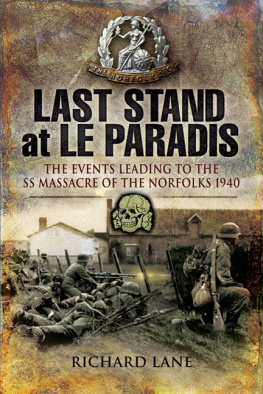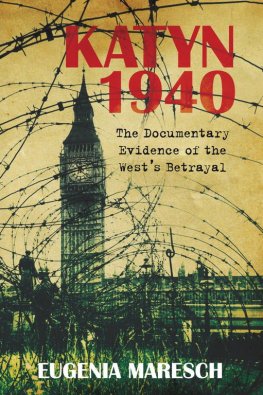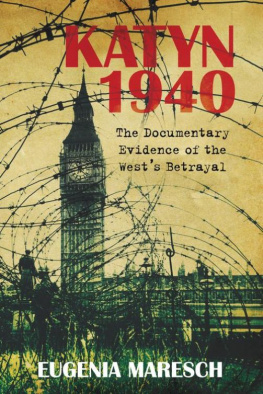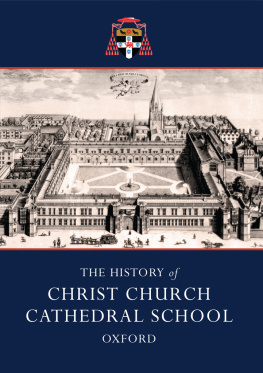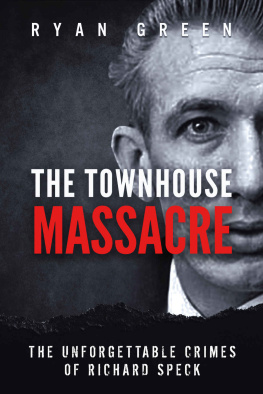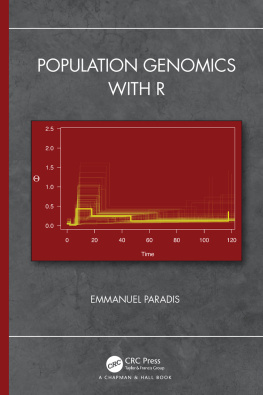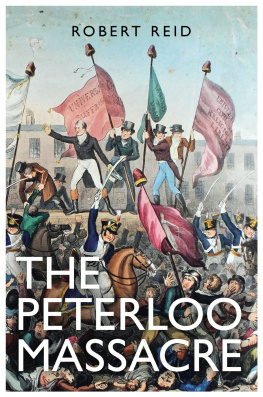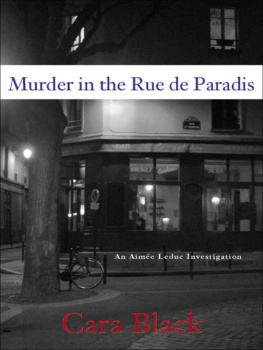
First published in Great Britain in 2009 by
Pen & Sword Military
an imprint of
Pen & Sword Books Ltd
47 Church Street
Barnsley
South Yorkshire
S70 2AS
Copyright Richard Lane 2009
ISBN 978 1 84415 847 8
eISBN 9781844685103
The right of Richard Lane to be identified as Author of this Work has been
asserted by him in accordance with the Copyright,
Designs and Patents Act 1988.
A CIP catalogue record for this book is
available from the British Library
All rights reserved. No part of this book may be reproduced or transmitted in
any form or by any means, electronic or mechanical including photocopying,
recording or by any information storage and retrieval system, without
permission from the Publisher in writing.
Typeset in Sabon by
Phoenix Typesetting, Auldgirth, Dumfriesshire
Printed and bound in England by
CPI UK
Pen & Sword Books Ltd incorporates the Imprints of Pen & Sword Aviation,
Pen & Sword Maritime, Pen & Sword Military, Wharncliffe Local History,
Pen & Sword Select, Pen & Sword Military Classics and Leo Cooper.
For a complete list of Pen & Sword titles please contact
PEN & SWORD BOOKS LIMITED
47 Church Street, Barnsley, South Yorkshire, S70 2AS, England
E-mail: enquiries@pen-and-sword.co.uk
Website: www.pen-and-sword.co.uk
In loving memory of my husband
Richard Lane
7 October 1947 25 August 2008
A life well spent and thoroughly enjoyed
Debbi Lane
October 2008
I wish I could write and tell the story of the unselfish heroism of those men who fought, and laughed, and died without complaint although they knew they had no chance of getting home, and that all they could do was to fight to the end and give time to others to get home instead. Frankly, I love them and their unconscious gallantry so very much, what I imagine their fathers must have shown in the great retreat from Mons and in the Salient in the last great war.
From a letter written by one of the company commanders, who was taken prisoner on the final day.
History of The Royal Norfolk Regiment, 19191951 , vol. III, by Lieutenant Commander P.K. Kemp.
C ONTENTS
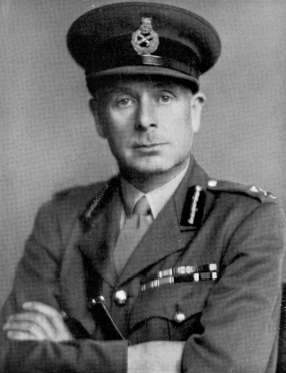
Eric Hayes, who Peter Barclay described as a good skipper, commanded the 2nd Battalion until posted in January 1940. ( Courtesy Royal Norfolk Regimental Museum, Norwich )
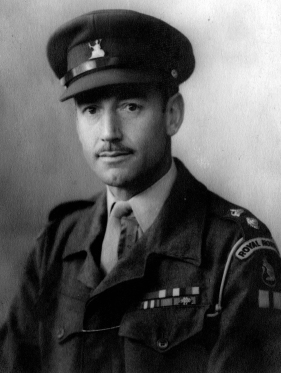
Peter Barclay commanded A Company until wounded and evacuated in May 1940. ( Courtesy Royal Norfolk Regimental Museum, Norwich )

George Gristock, posthumously awarded the Victoria Cross (August1940) for his gallantry during the fighting on the River Escaut during May 1940. ( Courtesy Royal Norfolk Regimental Museum, Norwich )

Thats what I call a guard, said General Georges as he inspected a Guard of Honour provided by the 2nd Norfolks at Marchiennes on 24 April 1940. ( Imperial War Museum, F 3977 )
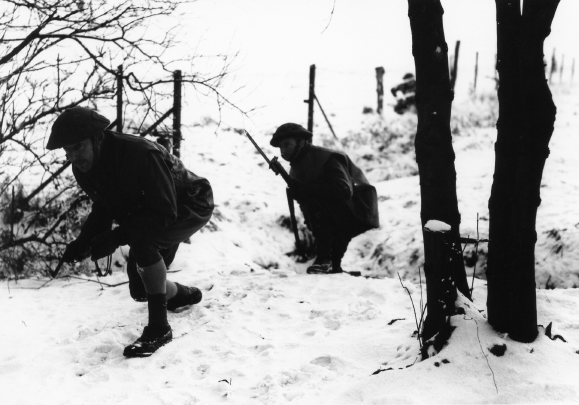
Captain Peter Barclay re-enacts, for the press photographers, the moment his patrol set out for Waldwisse on the Saar Front in January 1940. ( Imperial War Museum, F 2274 )

The 2nd Battalions last headquarters. ( Courtesy Royal Norfolk Regimental Museum, Norwich )
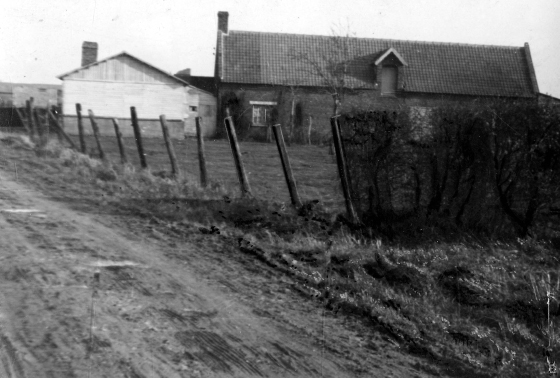
The massacre site on Louis Cretons farm. ( Courtesy Royal Norfolk Regimental Museum, Norwich )
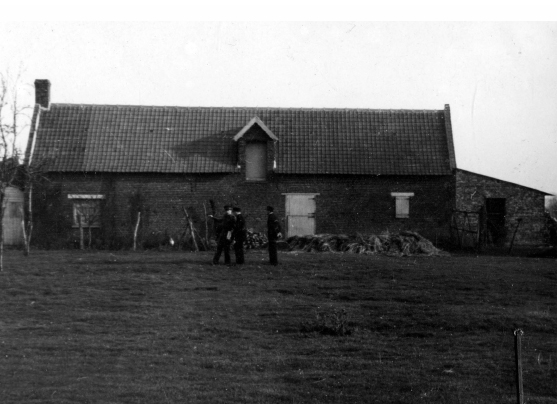

Taken by a Frenchman shortly after the massacre, the photograph shows local people tending the mass grave of the 97 victims in the shadow of Louis Cretons barn. ( Courtesy Royal Norfolk Regimental Museum, Norwich )
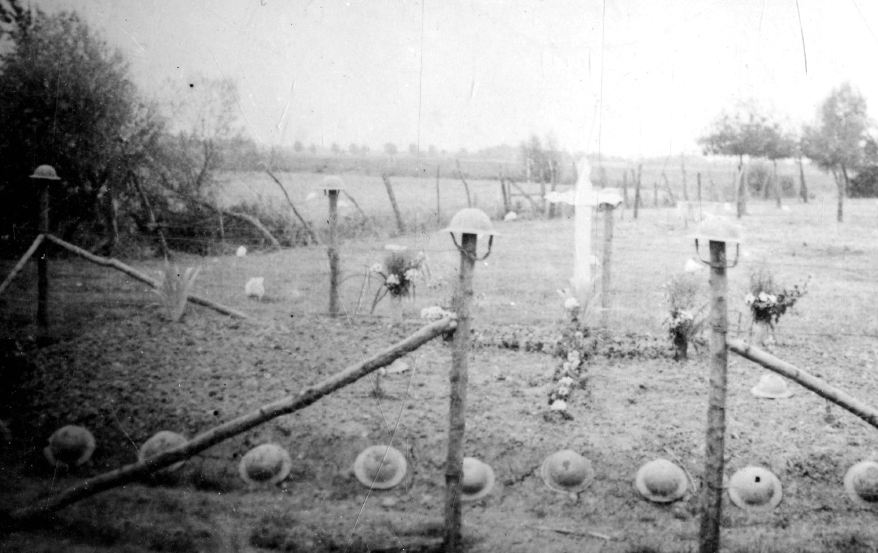
The mass grave, a melancholy yet fitting tribute created by the people of Le Paradis until the bodies were removed. ( Courtesy Royal Norfolk Regimental Museum, Norwich )

The victims of the massacre were exhumed in May 1942 and transferred to the communal cemetery in Le Paradis. ( Courtesy Royal Norfolk Regimental Museum, Norwich )
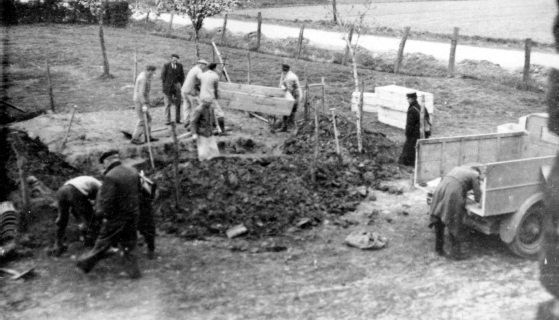
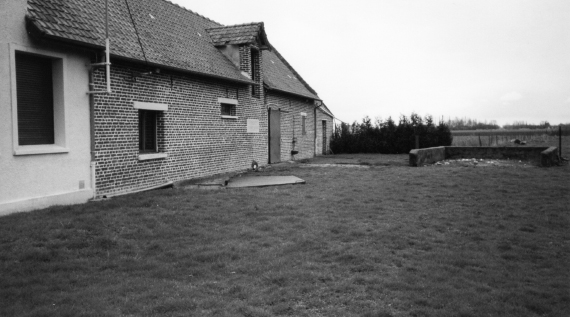
The Creton Farm, 2004. ( Richard Lane )
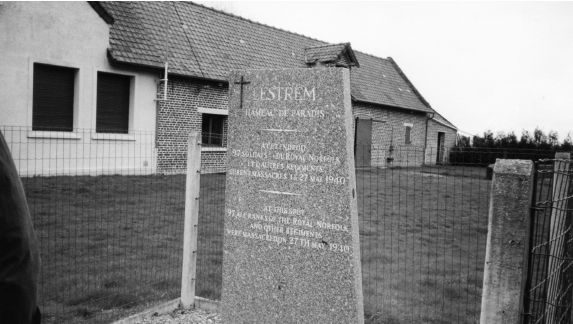
The Creton Farm and memorial which states in both English and French: At this spot 97 all ranks of the Royal Norfolk and other Regiments were massacred on 27th May 1940. ( Richard Lane )
T HE R OYAL N ORFOLK R EGIMENT
I N THE 274 YEARS OF ITS EXISTENCE , the 9th of Foot, which became the Royal Norfolk Regiment, served with distinction throughout much of the world. Raised in 1685 by King James II as one of eight new regiments formed to combat Monmouths Rebellion, it was known as Colonel Henry Cornwalls Regiment of Foot.
Although it took no part in the actual crushing of the rebellion, the subsequent story of the Regiment is a microcosm of world history: of new nations being forged, old nations tearing themselves apart, and of the policing of a vast and very diverse Empire.
Men of the 9th fought and died in King Williams Irish Campaign, the War of the Spanish Succession, the American War of Independence, the Peninsular War, the Crimean War, the South African (Boer) War, the First World War, the Second World War and Korea. Protection of colonial interests took its soldiers to the West Indies, Canada, India, Afghanistan and Cyprus. At times, climatic conditions were harsh and the resultant diseases killed more men than conflict.
From 1747 onwards, it was known as the 9th Regiment of Foot; then in 1782 it became the 9th or East Norfolk Regiment. Seventeen years later, on 30 July 1799, H. Calvert, the Adjutant-General, wrote to Lieutenant General Bertie, the Colonel of the Regiment, stating that: I have received His Royal Highness the Commander-in-Chiefs directions to signify to you that His Majesty has been pleased to confirm to the Ninth Regiment of Foot the distinction and privilege of bearing the figure of Britannia as the badge of the Regiment. According to tradition, however, the badge was originally granted by Queen Anne because of the gallantry the Regiment displayed at the Battle of Almanza in 1707.
Next page
